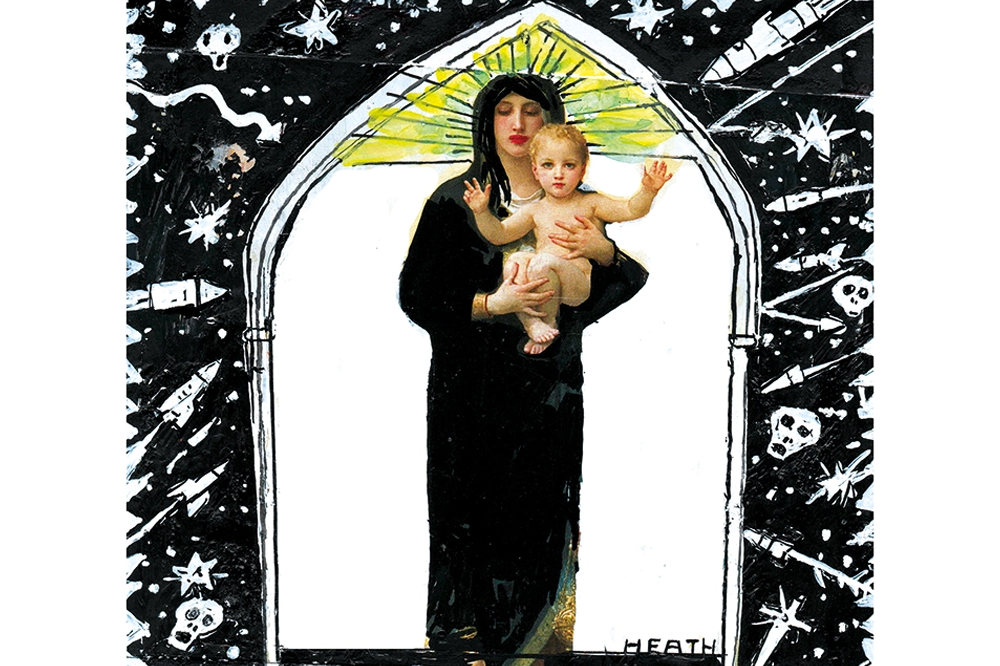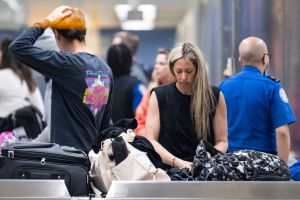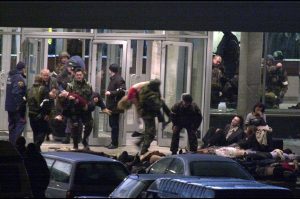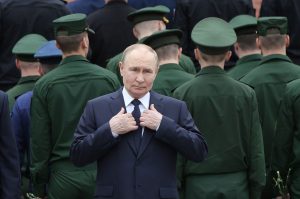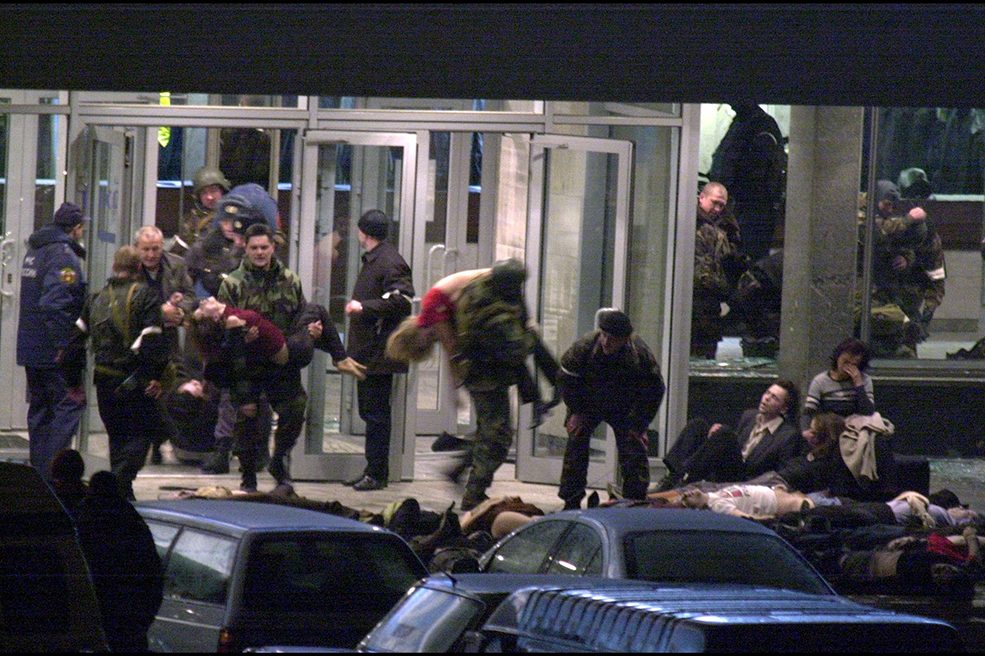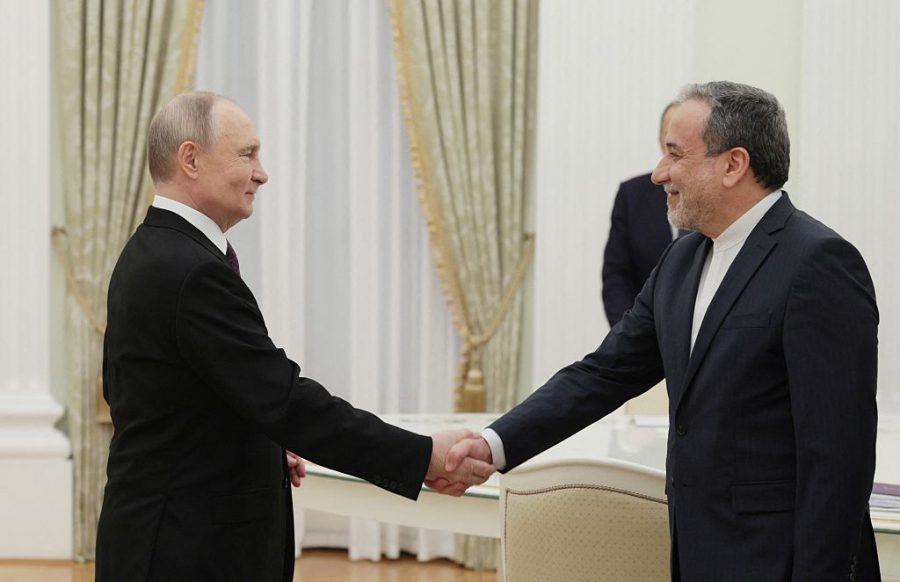Lazarivka
Snow has covered the fields and forests of much of Ukraine. When the sun reigns in the sky, its rays gild the scene. All my previous winters, all previous Christmas celebrations, were peaceful, and the snow, if it came, emphasized this calmness. Snow and cold preserve the life of the grass until spring, until the first warm weather. The snow seems to require everyone to rest, to avoid unnecessary movement, unnecessary noise. The acoustic properties of snow make joyful children’s voices louder – or is that just an aural illusion? No, snow definitely changes the sound of nature. It keeps the sounds above the ground as if He does not want them to disturb the hibernating moles and other inhabitants of the rich Ukrainian soil. Christmas 2022 is not only special because it seems to be war-scared. This year, the Ukrainian Orthodox Church has given Ukrainians a choice: they can celebrate Christmas according to the Gregorian calendar — that is, with all of Europe — or they can celebrate it according to the Julian calendar, as they did before, with Russia and the Orthodox Church of the Moscow Patriarchate.
Last year, my village Lazarivka, which is located fifty miles from Kyiv, celebrated Christmas on January 6-7, together with Russia. Last year, Father Alexander officiated at the Christmas night Mass in our village church. A rather portly man, Alexander often wore a dissatisfied expression on his face. His wife and children had left him, and he remained alone in his village house. He complained that he did not have enough money to live on and that, as a result, he had to get involved in the secondhand car market and spent all his spare time in Kyiv earning extra money as a taxi driver.
Now Father Alexander has also left the village and the church is closed. Zina has the keys. She was the lady who had the church built after the death of her husband. Zina moved to our village from Russian Siberia fifteen years ago and bought a cottage built for re-settlers from the Chernobyl zone. She reconstructed and greatly enlarged it. Then she added outbuildings. Zina is a businesswoman. She makes her money in Moldova selling nutritional supplements that are made from powdered corals and are supposed to be good for health. The instructions on the packet say that this coral powder can be added to soup, porridge or tea. A wonderful potion.
Zina got active with her business as soon as she arrived in Ukraine, but her husband had nothing to do. He sometimes walked around the village with their dogs, and sometimes he drank. And one sad day he died of heart disease. Zina buried him and started to build a brick church. Prior to that, church services in the village had been held in a simple wooden hut. The construction of the church was a very slow process. Builders came and went. Sometimes construction stopped for several months, but, in the end, the church was built and Zina invited hierarchs from the Kyiv Pechersk Lavra of the Moscow Patriarchate to come and consecrate it. They gave the church the name of St. Alexander Nevsky. He was a well-known Russian military commander in the thirteenth century, canonized by the Russian Orthodox Church in the sixteenth century. Since then, the village has been served by three priests in succession. All three were relatively young and all three were very dissatisfied with their parish. Local people came to church twice a year, for the Christmas service and at Easter. The rest of the time the church was empty. And now it is empty and locked. Zina also built a chapel next to the sacred spring that villagers have used for centuries. The water there is very good, but the new chapel remains unused and locked up.
Zina will certainly celebrate Christmas next month — together with Russia and the Moscow Patriarchate, but other villagers are unsure: in December or in January? Ukraine’s rural residents are typically conservative and strongly attached to old traditions. However, they might be helped to make the shift to a new date by other familiar traditions. In Ukraine, throughout the Soviet period, people celebrated the new year twice. The main new year, of course, was December 31-January 1, but the “old-style” new year, January 13-14, according to the Julian calendar, was also marked. Most likely, the same fate awaits Christmas.
Last Christmas, we celebrated in the village in the cottage of our retired neighbors Nina and Tolik. Nina strictly monitors the observance of traditions, and the Christmas table was laden with twelve Lenten dishes, as is required. We sat down at the table as soon as the first evening star appeared in the sky. A bowl was passed around for each person to take a spoonful of Kutya — perhaps the most important Ukrainian Christmas dish. It is made of boiled wheat, poppy seeds, raisins, walnuts and honey. Closer to midnight, meat and bacon appeared on the table, and Nina’s husband Tolik and I drank a glass of Ukrainian homemade vodka and ate slices of smoked pork fat dipped in horseradish. This year we hope to go again to Nina and Tolik, only Nina hasn’t decided yet when to celebrate. It’s not just about Christmas dinner. On the morning after Christmas, everyone takes to the streets and greets each other, saying: “Jesus is born.” And this means that on December 25 Ukrainians tell each other, “Jesus is born,” and they will say it again on January 7. The twice-born Jesus may be a difficult puzzle for many.
This article was originally published in The Spectator’s UK magazine. Subscribe to the World edition here.



